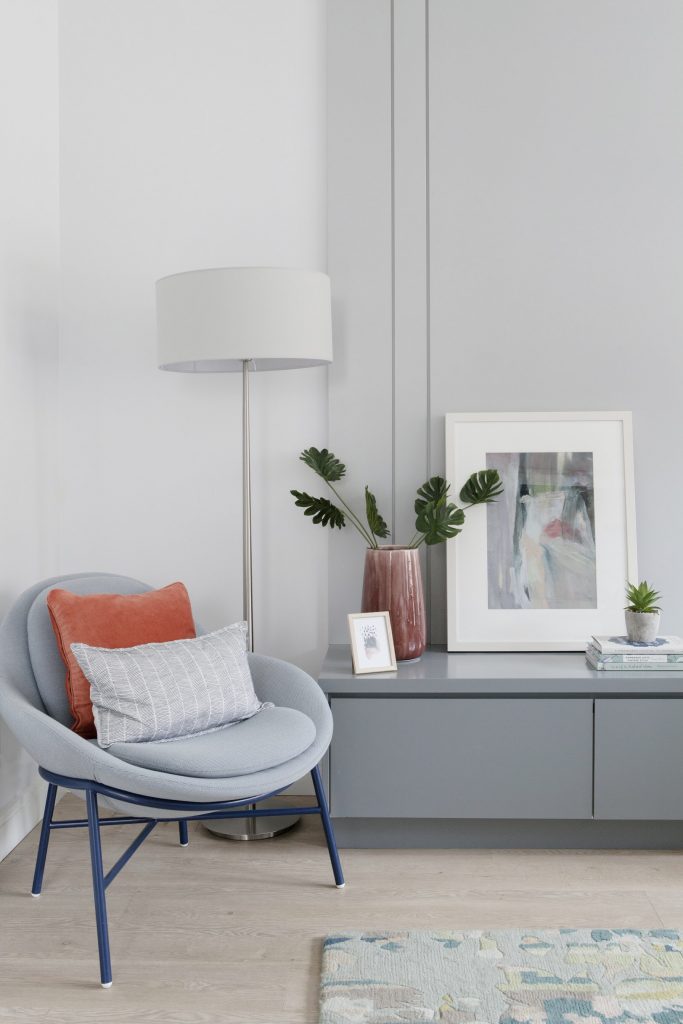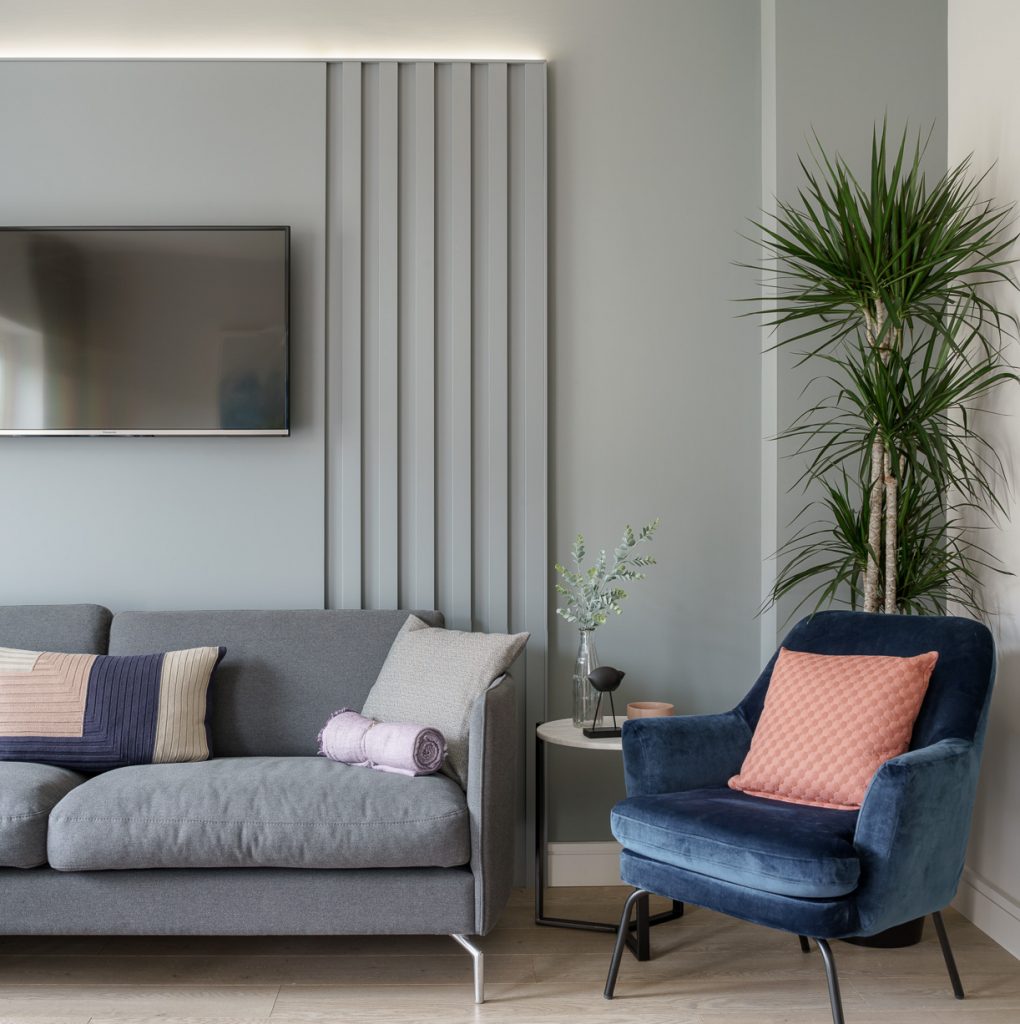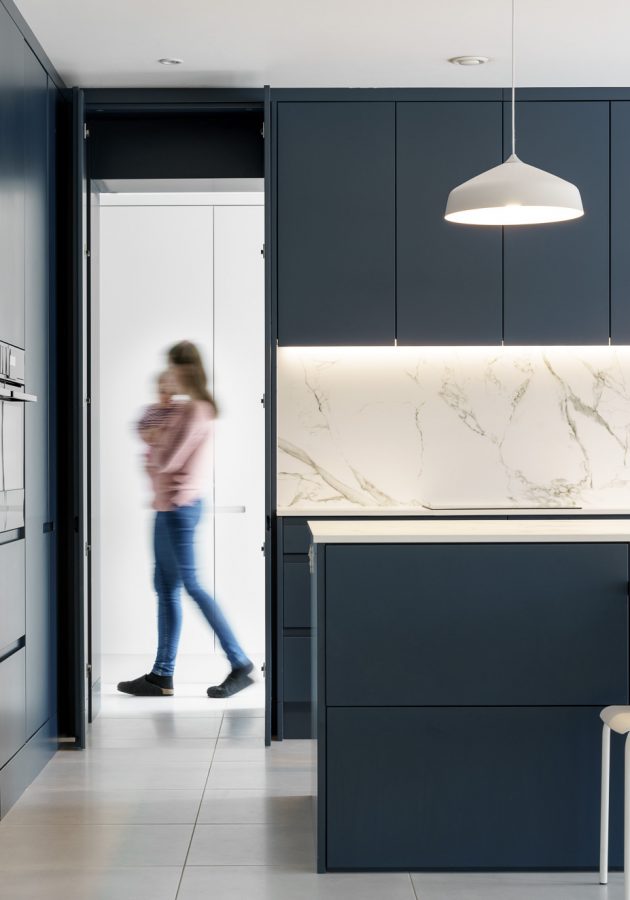
You’ve just been given the keys to your brand new home. You are the first person to live there, everything is brand new, and it’s very exciting! But when it comes to putting your stamp on your newly built property, where do you start and in which areas should you invest? Here are seven tips to help you make the right decisions.
It is a good idea to revisit the showhouse a couple of times and look for smart ideas that you could recreate in your own brand new home. The showhouse designer will have made design decisions based on showing the full potential of the house. Things like built-in storage, style of curtains, furniture layouts and colour schemes are all worth re-examining to see how you might incorporate similar ideas into your own home.

Moving to a brand new home house is a fantastic opportunity to get rid of things you no longer need or want. Get rid of as much unwanted, old or broken items/furniture as possible. We’ve had clients who have had great success selling unwanted furniture on sites like Done Deal and eBay. This is not only a great way to get rid of things, but it’s also a fantastic way to earn a little more spending money to put towards the decorating budget.
I’m often asked what’s the most significant mistake people make when decorating a brand new home. I’d have to say trying to have everything finished straight away. It’s essential to set yourself a budget and depending on how much you have to spend decide how you are going to prioritise. You might want to start with the most frequently used spaces like the kitchen, dining area or main living room and plan for the rest of the house at a later date. A home should evolve so it is better to shop around to see what is available, and to live in your home for a period before deciding what you need, and what will work best.

This may seem obvious, but it is very easy to rush out and buy something and discover later that it’s the wrong size. I met someone recently who had their eye on a dresser but weren’t sure if it would fit. So they decided to make a mock-up out of cardboard and lived with it for a couple of weeks. Despite becoming quite attached to the paper creation, they quickly discovered that it was far too big for the space.
Marking out the piece in your room is a fantastic idea as it can be challenging to figure out the scale of furniture in the store. The pieces are often displayed in large open showrooms making them appear smaller than they are. Make sure you have all of your measurements to hand when you’re out shopping and double check everything when you get home to ensure you can get the furniture in through the doors.

Your brand new home will come painted in a standard colour, often an off-white shade. If you want to put your stamp on your home to differentiate it from other homes in the development, this is the most straightforward and most cost-effective way to do it. When choosing your colours, it’s essential to work with any fixed elements in the house like the kitchen colour and wardrobes in the bedrooms. My advice for anyone who is unsure is to go with neutral shades and add in bolder colours through accessories or artwork which is easily updated at a later date.

When it comes to flooring, there are a vast number of options available. What you choose will come down to personal taste and budget. I’d recommend tiles in the kitchen and hallway. Porcelain tiles are a fantastic choice, unlike stone which requires a lot of upkeep they are maintenance free. They don’t need sealing and are tough wearing, and there are some very good stone effect porcelains available now, not to mention timber and leather effect options too. In the living spaces I recommend timber or laminate if budget is an issue. And I’m a fan of carpets in bedrooms, and something like a carpet runner on the staircase is a lovely feature.

Apart from your furniture, window-dressing is probably the most significant expense when it comes to decorating your brand new home. I’d advise going for roller blinds throughout the house to start with as they will provide privacy straight away and are the most cost-effective form of window dressing. Then, depending on the budget, you can decide which other rooms to tackle. You might like to invest in curtains in the main living room and master bedroom for example and leave the rest of the house for a later date.
Roman blinds are an excellent option for secondary bedrooms as they are less expensive than curtains because they require less fabric. A great tip is to hang the blind from the ceiling, so it covers the area of wall above the window and hangs outside the opening. This will create the illusion of a much larger window and will not block as much light as hanging the blind inside the opening or just above it.
How have you put your stamp on your brand new home? Share your tips in the Comments below.
Add your email here and we will send you our free guide to choosing colour for your home!